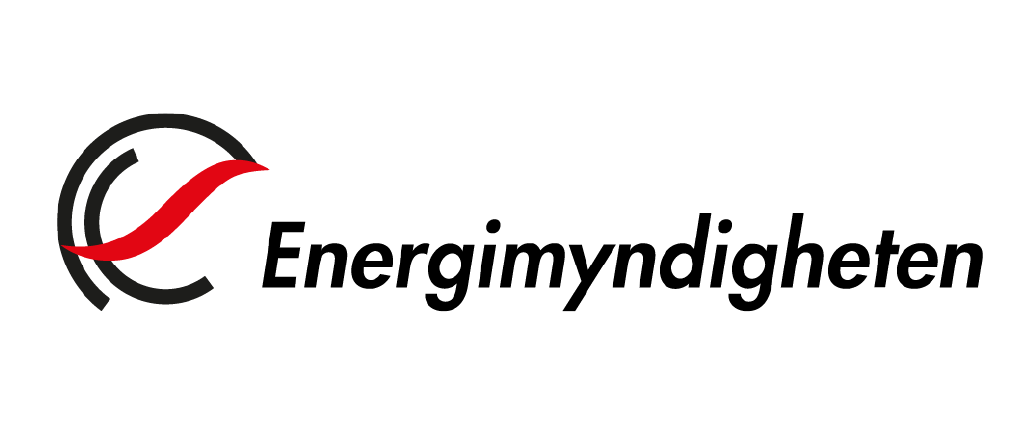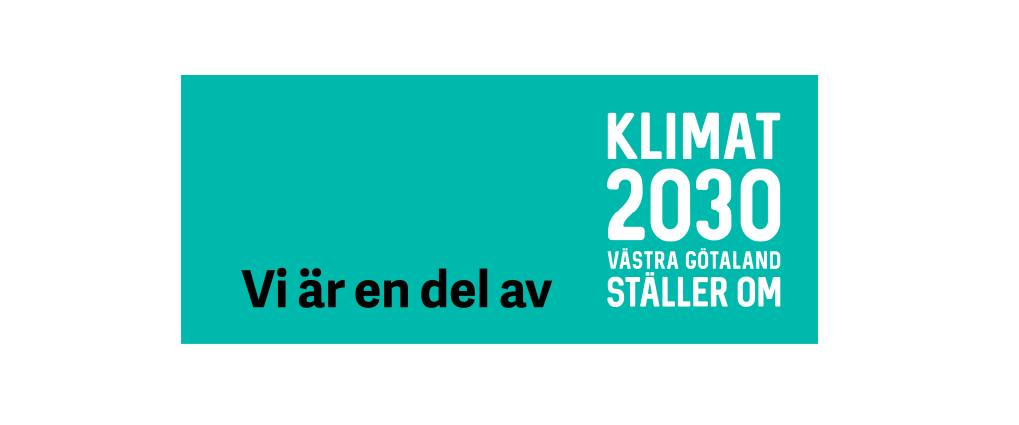Ultrafine particles produced by ozone/limonene reactions in indoor air under low/closed ventilation conditions
- Utgivare: Atmospheric Environment, 42 ( 18 ) s. 4149-4159
- År: 2008
- Författare: Evert Ljungström, Jana Moldanova, Karine Arrhenius, Lars Ekberg, Sarka Langer
- Typ: Vetenskaplig artikel
Formation of ultrafine particles, dp<100 nm, from gas-phase reaction of limonene with O3 was studied. The concentration of reactants was chosen as close to realistic indoor conditions as possible. Two reaction chambers (1 and 14 m3) were used. Particle number concentrations were measured using a CPC and size distributions by using a scanning mobility particle sizer (SMPS) system. Rapid formation of new particles was observed at low concentrations of reactants and close to zero ventilation rates. The maximum number of particles was correlated with the initial rate of formation of reaction products. An excess of O3 tends to give higher maximum particle concentrations. Modeling work lead to the conclusion that significant nucleation starts when the mixing ratio of “product” from the reaction Limonene+O3→productox exceeds 0.5–1 ppb. The secondary particles formed by atmospheric chemistry in indoor air contribute to the total particulate matter indoors and should be considered in terms of low-dose long-term exposure.





